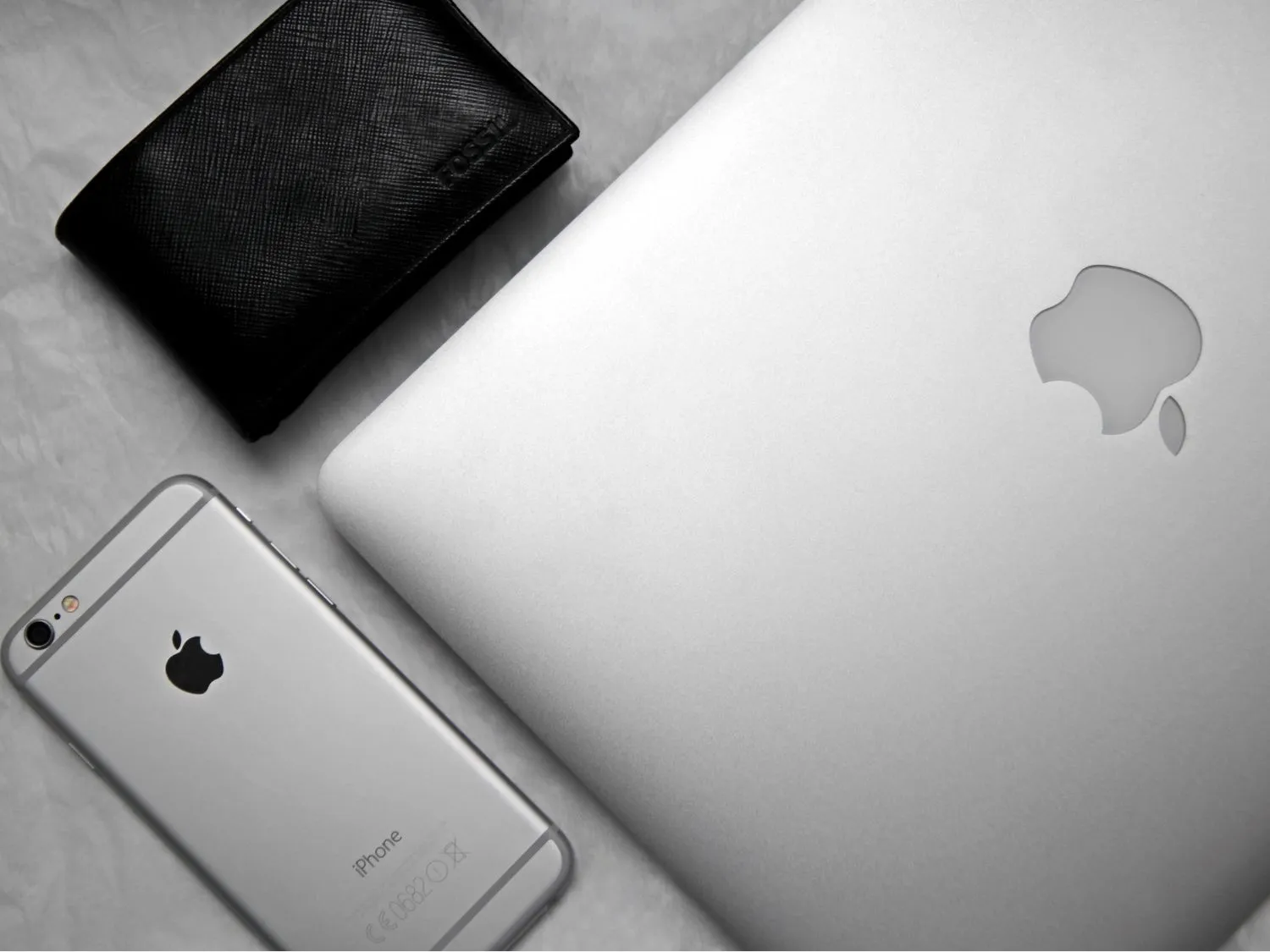
We have only a few months until September, the date officially reserved by Apple to launch its iconic products, led by the iPhone line. I think if you are even the least bit interested in technology, you must already notice the rumors on the Internet and on social media, full of predictions, conjectures, early “confirmations” from people about Apple's plans and leaks, many leaks, of updates of software for hardware wireframes. Yes, we love Apple, but does it really love us so determinedly?
Okay, figurative language aside, there is a large group of people who are dissatisfied with what Apple does. Let's not get it wrong, they are still willing to pay more than a thousand dollars for a new iPhone, but the innovation they expect comes very slowly, at least compared to Samsung, Apple's biggest rival, which already presented its AI capabilities.
It is important to consider the truth that Apple does not try to impress with innovations but with safe and intuitive products, which take time to implement and then only pass to the customer. Meanwhile, someone is sitting in front of their Macbook and trying to play the latest game, but is increasingly convinced that other PCs may perform too well, for example. So, let's start with this part.
Let's face it: Apple products excel in many areas, but performance in intense games simply isn't one of their strong points. I'm a super Apple fan who loves their unique premium design and intuitive user experiences. But when it comes to running demanding gaming titles, even Apple's top-tier hardware is outclassed by custom gaming PCs.
If you are wondering about the difference between Mac vs. windows games experiences, just look at the experience of playing a graphics-intensive open-world game like Cyberpunk 2077 on an M1 Max MacBook Pro maxed out compared to a high-end gaming device. While the $3,499 MacBook can handle gaming at lower settings, around 30fps, a similarly priced $3,000 PC with an RTX 4090 GPU produces over 100fps at ultra settings with ray tracing enabled. You're talking about the difference between choppy, compromised images and a completely immersive experience.
The reason is simple: gaming PCs are systems specifically designed and optimized for these 3D workloads. They include powerful discrete GPUs, like Nvidia's latest 40-series cards, with up to 24GB of video memory, liquid cooling configurations to maintain peak performance, and ultra-fast M.2 NVMe SSD storage to minimize loading times. Apple's all-in-one designs with integrated graphics simply can't match that level of raw power.
I'm completely obsessed with the Apple ecosystem, but there's no denying that Spotify's streaming service seems to consistently out-innovate the music discovery experience compared to Apple Music. While Apple has dramatically improved its offering, Spotify's cutting-edge data science and recommendation engines give them a decisive advantage.
Take Spotify's advanced 'Audio AI' features, like its AI DJ or new 'AI Utterance' voice models. These use machine learning to analyze your listening patterns, demographics, and taste profiles to create incredibly personalized DJ feedback and seamless playlist transitions tailored just for you. It's like having a music expert as your private curator.
Compared, apple music The recommendations still seem more rudimentary and standardized. Their approaches, like grouping playlists by mood or genre, simply don't achieve that hyper-personalized user experience that Spotify achieves so well.
User figures also underline Spotify's dominance. Starting in the third quarter of 2023, Spotify It has more than 236 million paid subscribers worldwide compared to Apple Music's estimated 93 million (as of 2024). That incredible scale means Spotify can absorb a lot more listening data to train its AI models. Industry data indicates that Spotify logs more than 79 billion monthly streams on its platform, compared to Apple's 35 billion.
So while both are excellent services, for music superfans who crave that next-gen AI-curated experience, Spotify's aggressive emphasis on personalized AI gives them a decisive advantage, at least for now.
We all saw that eye-catching Meta Keynote video where Mark Zuckerberg threw unmistakable shade at Apple's upcoming Vision Pro mixed reality headset. Call the $3,499 device “expensive” While he claims that Meta's $1,499 Quest Pro offers a superior extended reality (XR) experience, Zuck was clearly trying to get ahead of Apple's encroachment on his virtual turf.
In reality, both the Vision Pro and Quest Pro represent hugely expensive bets in an as yet untested consumer XR market. While Meta enjoys a significant cost advantage thanks to its open, content-neutral ecosystem approach, Apple's track record in premium industrial design and obsessive hardware optimization could give the Vision Pro experience a big advantage.
Take the Vision Pro's novel aluminum and curved glass design. With an internal fan, vents, and more than a dozen cameras and sensors, it represents a technical marvel of miniaturization and ergonomics, hallmarks of renowned hardware prowess. from Apple. The Pro's ultra-high-resolution displays also output at a silky 120Hz. Update frequency for realistic visual fidelity.
By contrast, Meta's plastic Quest Pro headset looks comparatively toy-like and low-cost, with LCD panels that max out at 90Hz and less than half the number of cameras. But as always with Apple products, that perfect user experience comes at a premium.








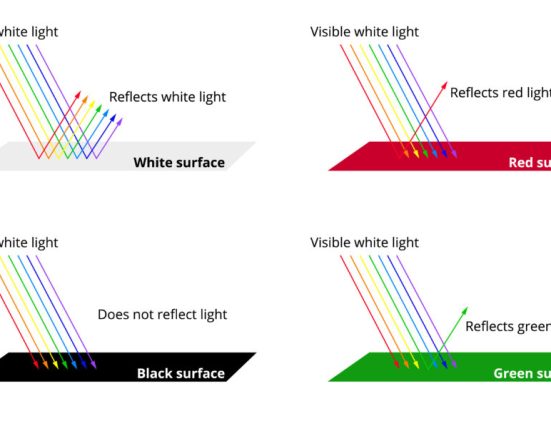

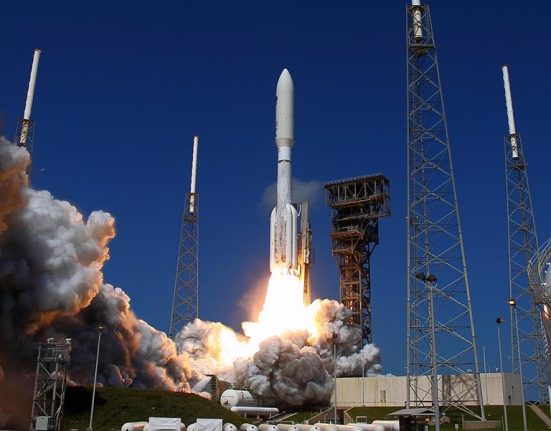
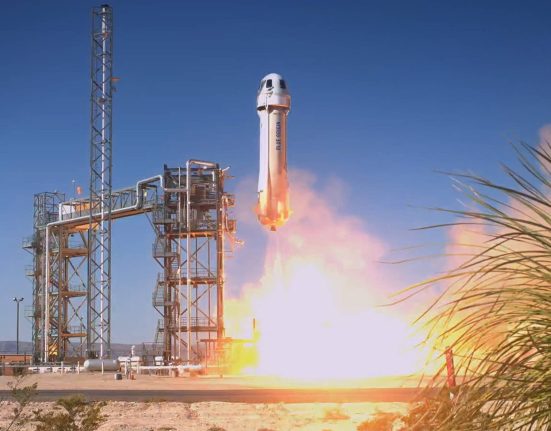
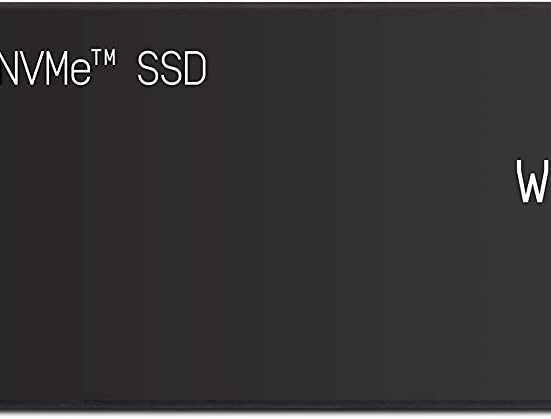
Leave feedback about this